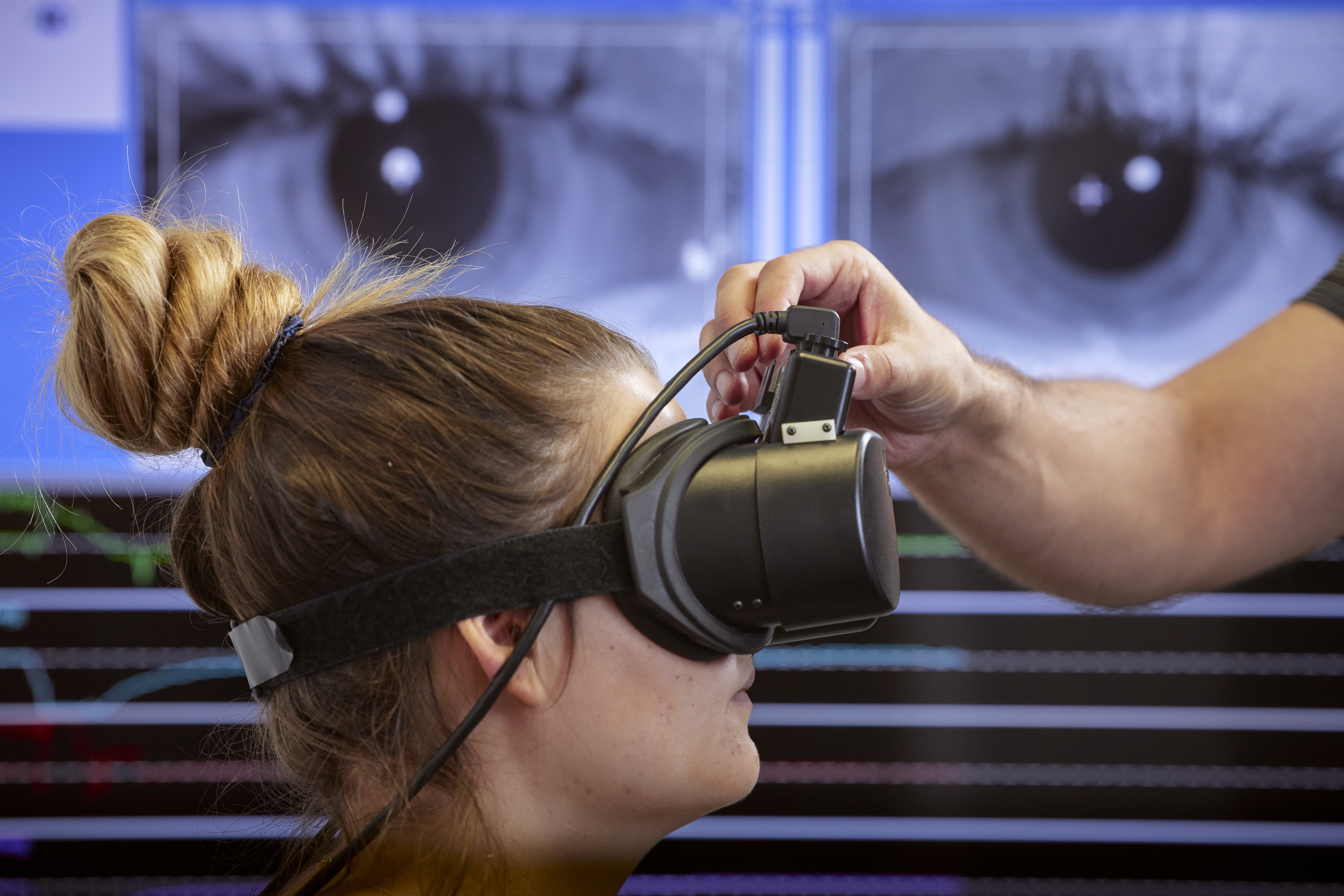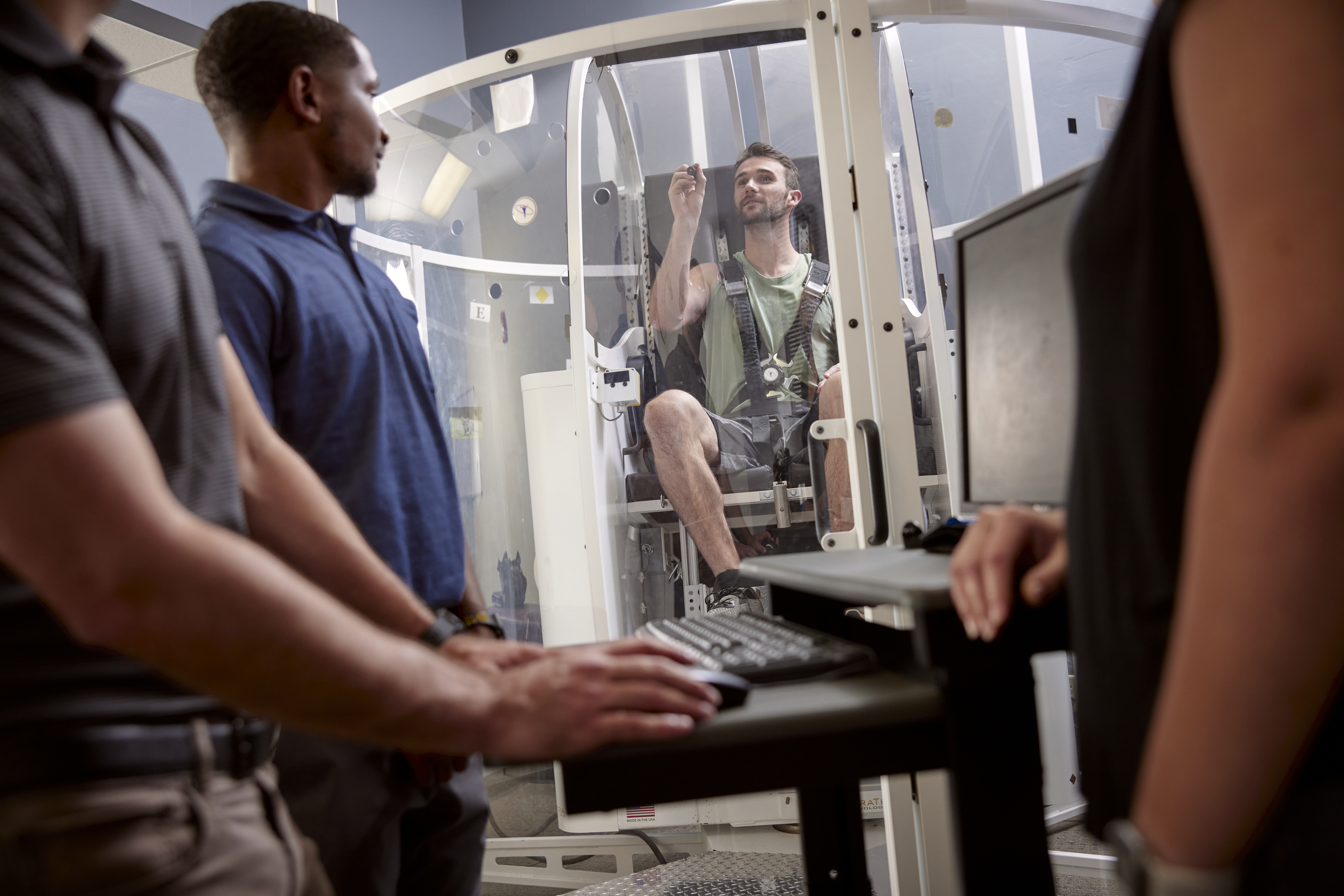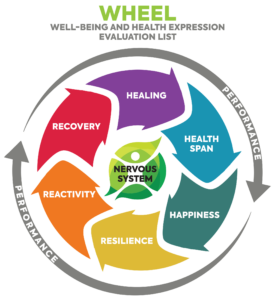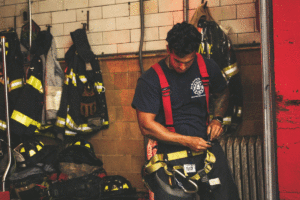Projects
CCR Brain-Body Neuroplasticity Team

A battery of neurologically-based health metrics employed to understand and advance patient health through chiropractic care.
Aims:
- Develop a set of core, clinically-relevant and neurologically-based health metrics that change with chiropractic care and provide insight into the mechanisms of action for chiropractic care.
- These metrics can be utilized by the Art of the Adjustment and Research Link LHC teams to track changes in health over time, determine care success, and develop individualized patient care plans.
- Develop easily deployable (WHEEL) metrics that clinicians and patients can use to refine care and track performance over time.
- Support for Research Link Learning Healthcare Community & Art of the adjustment
CCR Art of the Adjustment Team

Develop a repository of chiropractic adjustment attributes, leveraged to accelerate and maximize the benefits of chiropractic care for the patient.
Aims:
- Develop a foundational understanding of the attributes of the chiropractic adjustment.
- Accelerate student and clinician learning and confidence in the application of the chiropractic adjustment through tool development and educational research.
- Accelerate and maximize the benefits of the chiropractic adjustment provided to the patient.
- Preserve for posterity the chiropractic adjustment attributes of experts in the field.
CCR Research Link Team

Establish and advance a dynamic, research-driven ecosystem of clinicians, scholars, and communities collaborating to create a healthier, more vital world.
Aims:
A learning healthcare community in which clinicians, patients, and community members engage in the research process through dialogue with the research team, providing stakeholder-based insight into patient care and practice.
This stakeholder feedback ensures clinical relevance for the Brain-Body and Art of the Adjustment teams’ research and serves to increase research participation.
Production of clinically relevant research that enhances the health and well-being of individuals and communities.
Communication of research in a relatable format that promotes integration of knowledge into daily life and clinical practice.
CCR Frontline Workers Task Force
CCR Well-Being and Health Expression Evaluation

The Well-Being and Health Expression Evaluation List (WHEEL) serves as a framework for CCR research and development, providing chiropractic clinicians with easily deployable tools, resources, and assessments designed to magnify each patient’s well-being and health expression through individualized patient care.

